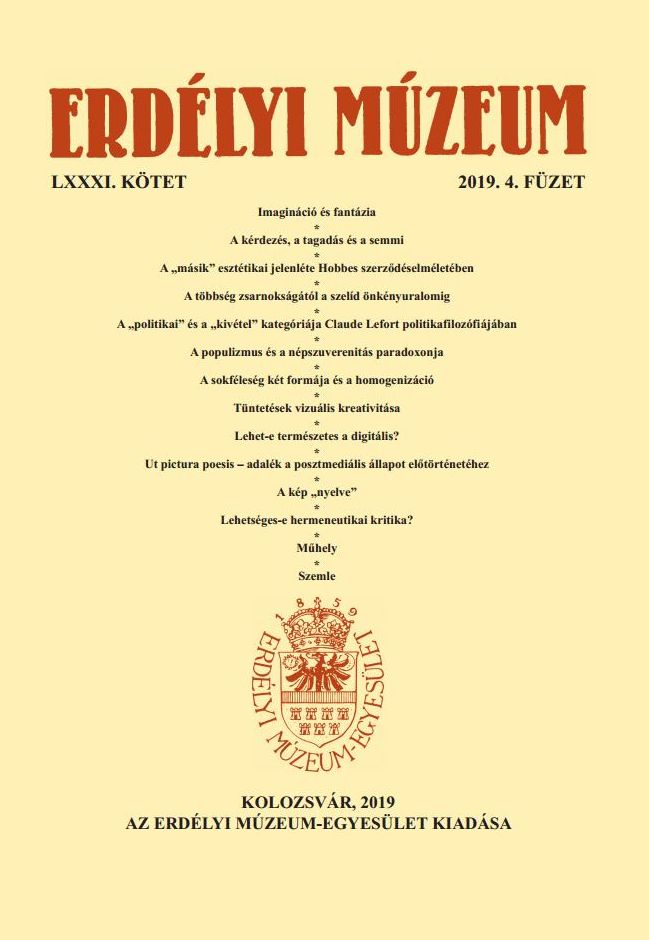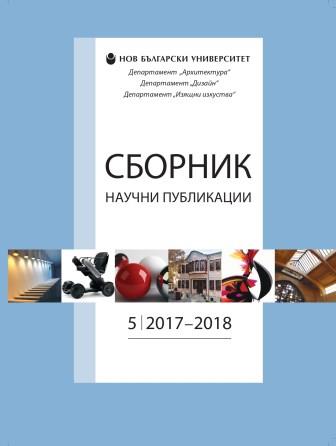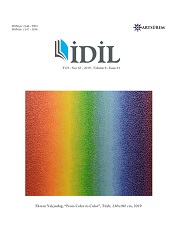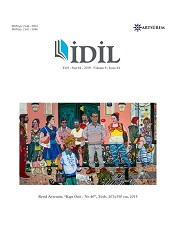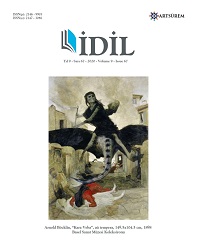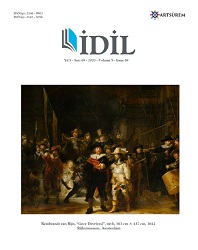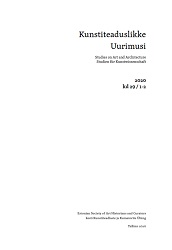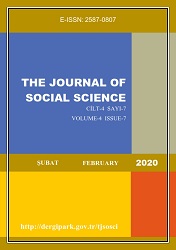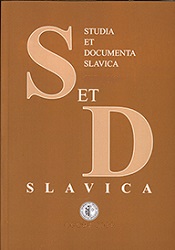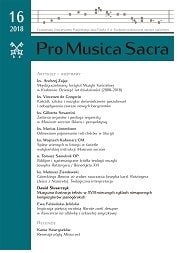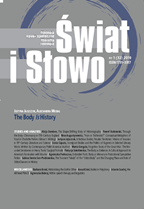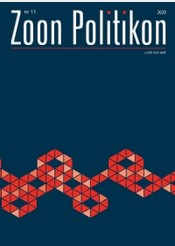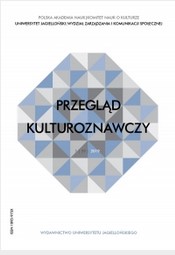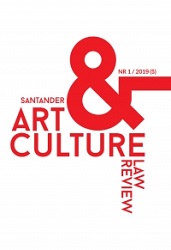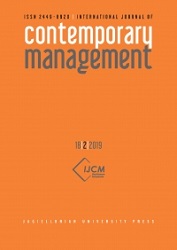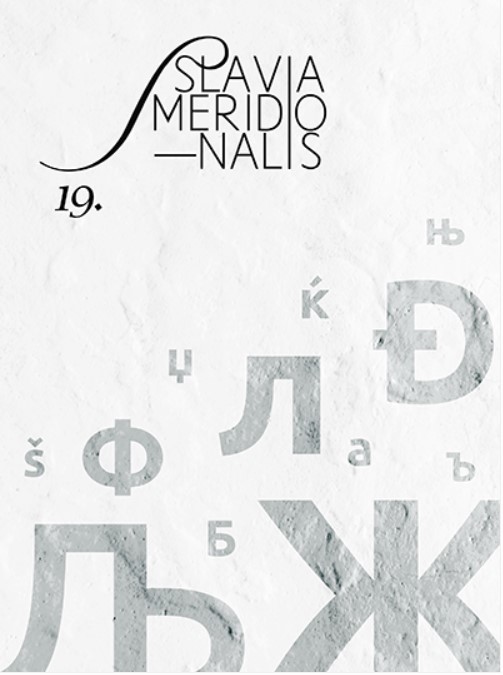Author(s): Ahmet Gündüz,Songül Karahasanoğlu / Language(s): Turkish
Issue: 69/2020
Electro baglama which entered to our music life with the influence of the globalization process in the late 1960s, it has been a global product that crosses the borders of the country until today. Electro-baglama has penetrated almost all areas of music in more than seventy years and has turned into a highly influential soloist instrument. Electro bağlama, the electric guitar who came to Turkey with globalization, loud sounds are used to provide the magnetic intensity is manufactured by mounting a local binding instrument. This change made by Erkin Koray, one of the pioneers of Anadolu Pop; has led to the emergence of a new urban version of the bağlama. In parallel with the development of music technologies in the future, it has undergone rapid and effective changes by adding some sound and effect devices to electro bağlama, and these features have turned electro binding into a preferable instrument. Electro bağlama, thanks to its technological advantage and offer technical sense, Turkey has become an indispensable provider of entertainment sound types are arranged in urban and rural areas. The mobility has accelerated in the last century with the globalization process. The displacement of items such as product, information, finance, people, and cultural elements, especially within the accelerated flow with technology, has had a noticeable effect on society and individuals. Thanks to the said flows, different cultures and cultural products started to exist in new ways by being affected by each other. Accordingly, the changes caused by electro-bonding, especially in local areas and partly globally, constitute the research subject of this study. The study was conducted by obtaining data by using observation and participatory observation techniques in a method based on ethnographic research. The data obtained are combined and interpreted in the direction of similarity-difference relationships with the secondary data obtained in the literature review.
More...
